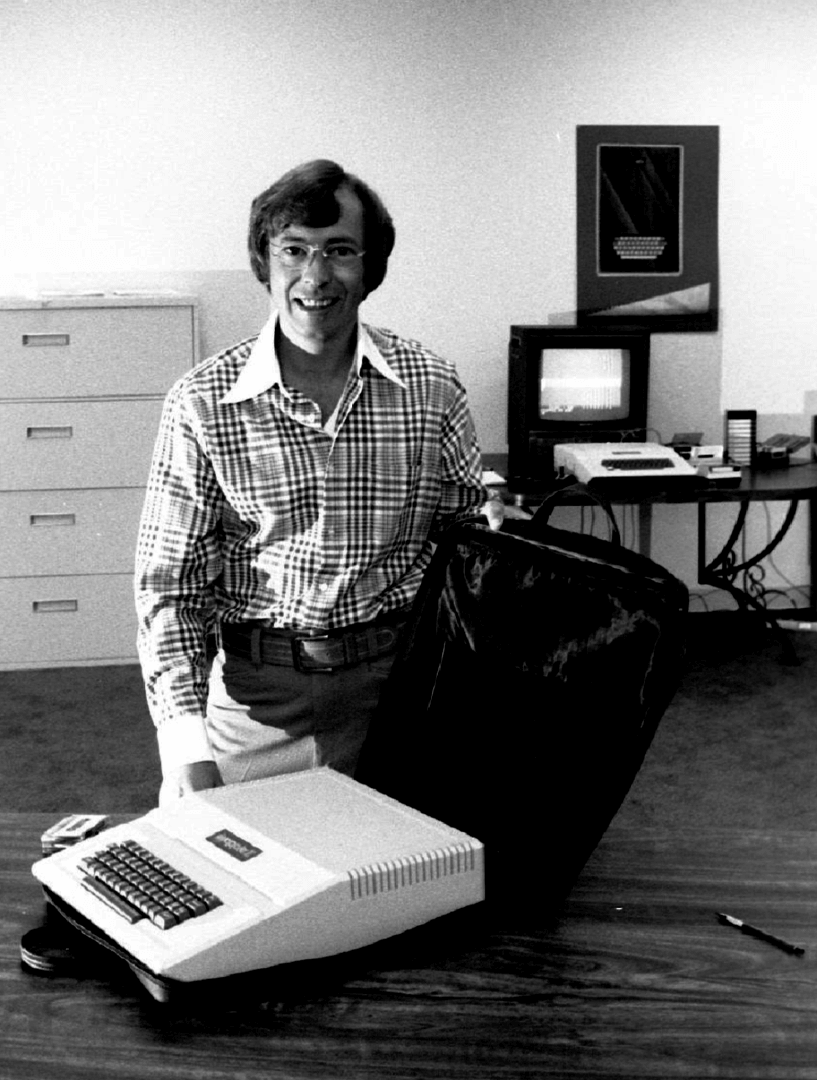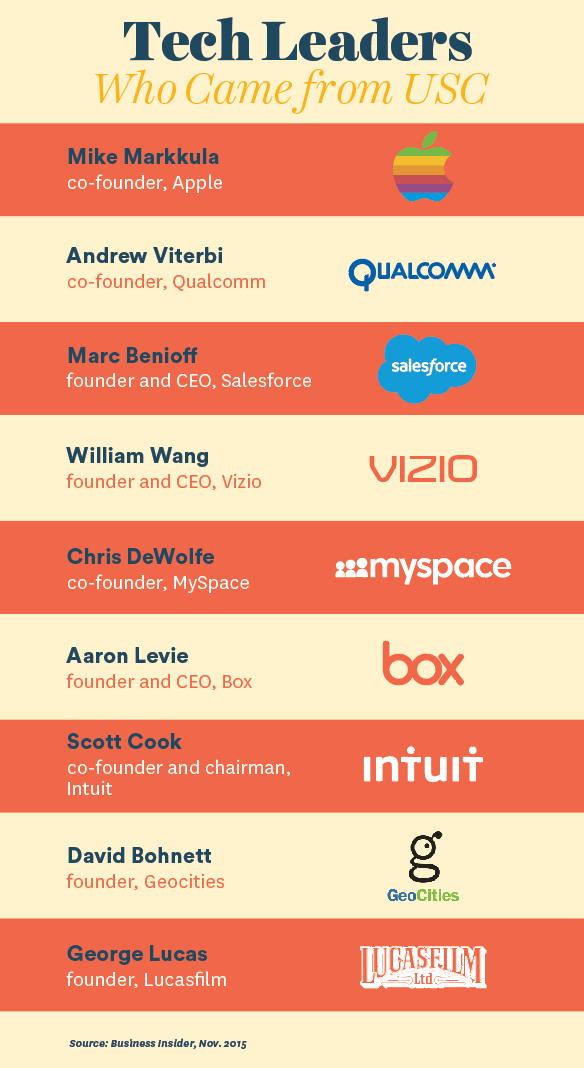5 Questions with A.C. Mike Markkula cofounder, Apple Inc.
Armas Clifford “Mike” Markkula, B.S. EE ’64 and M.S. EE ’66, began as a Hughes Aircraft engineer, doing classified work on the Lockheed YF-12 interceptor. From there, he moved into product marketing at Fairchild Semiconductor and Intel, overseeing the development of early integrated circuits and 256 bit computer memory chips.
By 32, he had retired, meeting with would be entrepreneurs every Monday. On one of those Mondays, he met Steve Jobs and Steve Wozniak.
Markkula was arguably the first to recognize the full potential of the Apple II. He wrote Apple’s original business and marketing plans. He made the original $250,000 investment that launched Apple as a company and leveraged his previous professional experiences and relationships to help build Apple into a Fortune 500 company in less than five years. For over 20 years, Markkula lead Apple in various capacities from CEO to chairman of the board, leading to Jobs’ ultimate return in 1997.
Markkula will receive the Lifetime Achievement Award at the 2018 Viterbi Awards on April 18. 
Tell me about your USC engineering experience.
Excellent. Really excellent. I think the education that engineers get at USC is tops. It’s no nonsense. You must, must, must learn how to think. If you can’t learn how to think, you’re never going to graduate from the engineering school. So, you get out of there, you have some sense of confidence that you can solve almost any problem that’s solvable because you know how to think it through. You know how to research it; whatever you have to do.
You walked into the Jobs’ garage in November 1976. What were your first impressions?
I loved the Apple II. I just thought it was a brilliant piece of engineering. The circuit design was elegant. The Apple II, as it was when I walked in there, was the world’s first single-board computer— the world’s first. All the other computers that were made with 8008s and all the other stuff were multiple boards that were put together with connectors and stuff. It was the world’s first computer that used semiconductor RAM. It was the world’s first single-board computer that had slots. It had eight slots that you could plug in other things. It was the world’s first computer that had BASIC in ROM. It was probably the only computer that’s ever been built that had a built-in 16 bit microprocessor simulator in ROM. I could go on. This was one elegant, beautifully crafted design that Woz had done. And I’m a circuit designer. I know.
You’ve said that Apple needed to be wildly ambitious from day one to avoid being crushed by the likes of IBM. What’s a risk you guys took that maybe your competitors didn’t take?
Mike Scott (Apple’s first president and CEO) and I had both experienced what we called the “growth plateau” syndrome at different companies. We believed that if we weren’t able to process orders, track shipments and backlog efficiently, our growth would be seriously impeded. So, we decided early on to buy and install an IT system sized for a billion dollar company, not a startup. That decision allowed us to grow into a Fortune 500 company in less than five years.
A key moment in the recent book “Troublemakers” is when you – being skilled at circuit design – point out the flaws in a customer engineer’s design and offer a superior solution. What did you learn here?
This was when I was doing product marketing at Fairchild Semiconductor. First, you need to know that the result of me trying to help the customer was that that particular customer just happened to be the chief designer at a rather well known consumer electronics company. He was greatly offended – and I think embarrassed – by my criticism of his design and wanted nothing to do with a better solution. So, he had both me and the salesman I was with promptly escorted out the door. I had no idea that my offering a clearly better solution would offend him. I think this experience informed the Apple Marketing Philosophy that was so effective in later years (see page 47).
At Apple, it seems you prided yourself on allowing the employees stock ownership (something you had learned at Intel). Why was this important to you?
I’ve always believed that an employee who owns a part of the company and stands to benefit when the company succeeds, will make decisions that are in the company’s best interests. That then helps to align the employees interests with the interests of the rest of the shareholders (assuming the company is publically held).
The Apple Marketing Philosophy
As penned by Mike Markkula
Empathy
Apple should strive for an “intimate” connection with customers’ feelings. “We will truly understand their needs better than any other company,” Markkula wrote.
Focus
To be successful, Apple should center its efforts on accomplishing its main goals, and eliminate all the “unimportant opportunities.”
Impute
Apple should be constantly aware that companies and their products will be judged by the signals they convey. “People DO judge a book by its cover,” Markkula wrote. “We may have the best product, the highest quality, the most useful software etc.; if we present them in a slipshod manner, they will be perceived as slipshod; if we present them in a creative, professional manner, we will impute the desired qualities.”
“My good friend, Dr. (Robert) Noyce (founder of Intel), had a mantra that he would tell young folks, and it went like this: “Create value; don’t just rearrange it…be an engineer.” And I really think that the idea of creating value as opposed to moving dollars around, to me, that is the only place there is true personal satisfaction.”
–Mike Markkula
Source: An Oral History of Armas Clifford (Mike) Markkula, Jr. (Computer History Museum, 2012)
“Mike Markkula was actually the one man and one person who made Apple a successful company.”
–Steve Wozniak
Source: Perth Now interview, 2012




